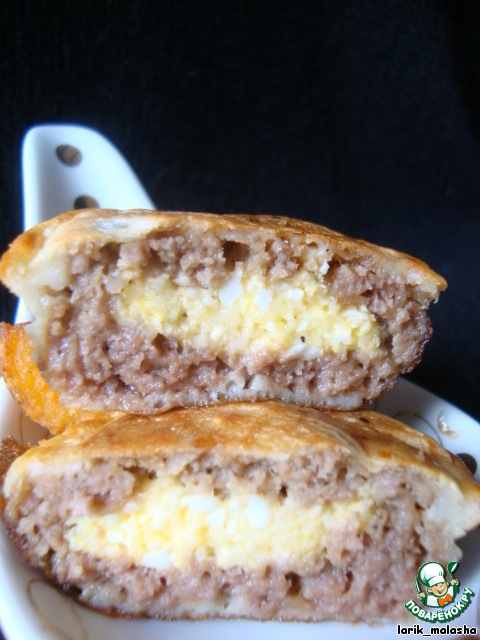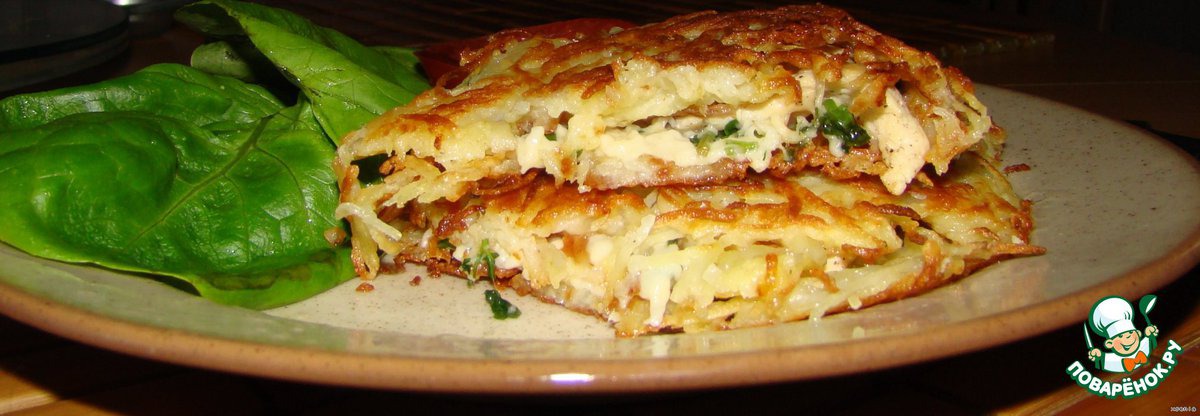Description

Normally cook the dough? Pour water and thumps of the flour to such a state that the dough ceases to stick to hands and then lightly kneaded, especially without straining. Or just add water to a minimum. So, this rough lumpy mass I can not name the test, correct the test, with him it will never compare either in taste or softness and porosity. This recipe is not suitable for those who are too lazy or has no desire to get her hands dirty, but risking to make the dough once correct, you are unlikely to want to return to the old methods. Can be done manually or in a bread maker.
Ingredients
-
Flour
375 g
-
Sugar
3 tsp
-
Salt
1 tsp
-
Water
-
Honey
1 tsp
-
Olive oil
-
Yeast
1 tsp
Cooking

How to mix the ingredients, I will not show, there is nothing complicated. So: sift the Flour into a bowl where you will mix dough, add sugar, yeast and mix. Add water (first 225 ml) and butter, honey, mix well. Look at the density of the test. You may need to add more water. How much water to add exactly, I can not say, it depends not only from the company of flour, but also on its dryness, which varies from batch to batch. The dough should be unusual liquid, such as in the photo, but not a complete mess. Later you will learn to touch to understand exactly how much water you need test.

Now cover the dough and leave it alone for 5 minutes to start the process of yeast activity and it has acquired greater integrity. So it will be easier to interfere with. After 5 minutes, start to mix dough. If you have a bread maker, just upload it there on the standard program dough, but if, like me, it is not - be prepared to work! Batch or Peter Reinhart's method or by the method of Richard Bertinet, I like the last one. Gradually the dough becomes more homogeneous. Stir it further. Knead the dough until, until it starts to lag behind the hands. I could define this moment even with his eyes closed, the test structure is changing dramatically, it's still sticky, but ready! And so, when you put it into olive oil greased container for proofing, you can see now the dough, its main indicators at this stage is smooth and shiny and the bubbles that show that the gluten is well developed.

Leave the dough for proofing, cover the towel for 2 hours (optimally up to tripling in volume) in a warm, protected from drafts place. This is it. It is not as shiny, but still excellent.

It is no longer sticky. See how I mocked at (the fingers were dry, no oiled), and test the fingers not.

And this dough I did until recently. Agree, sound familiar?





Leave a comment or a recipe review
Leave comments can only registered users.
Register, or Login if you are already registered.